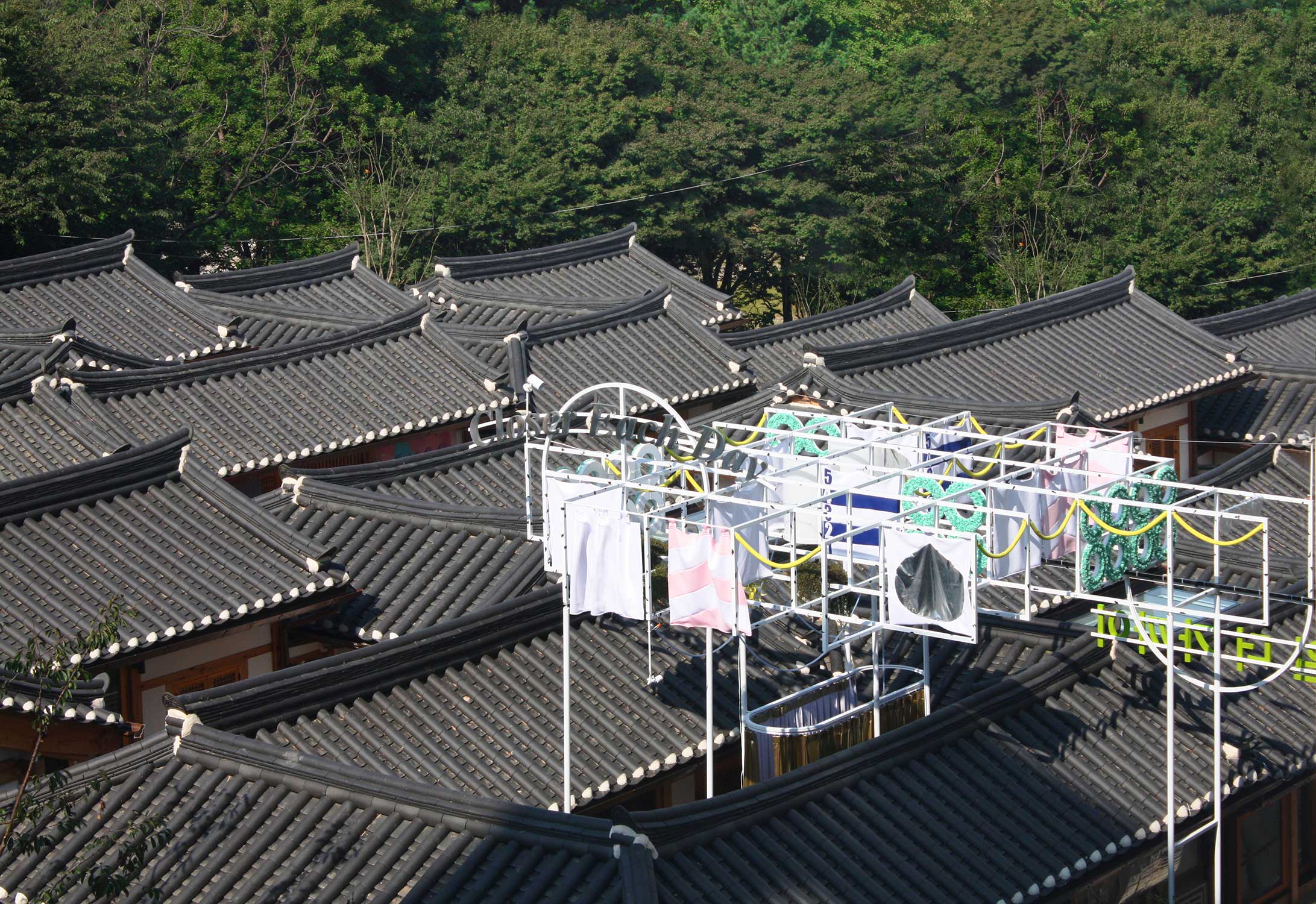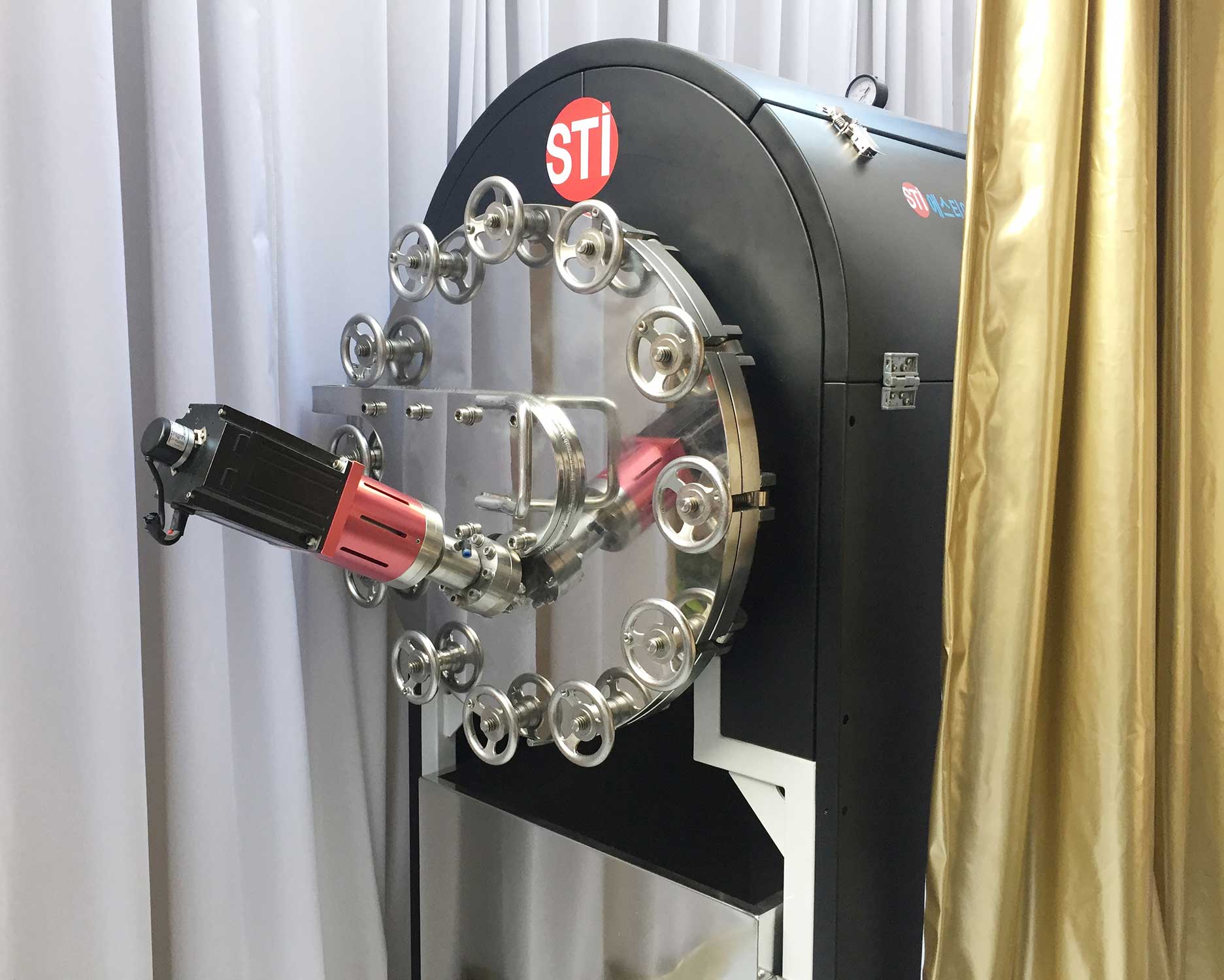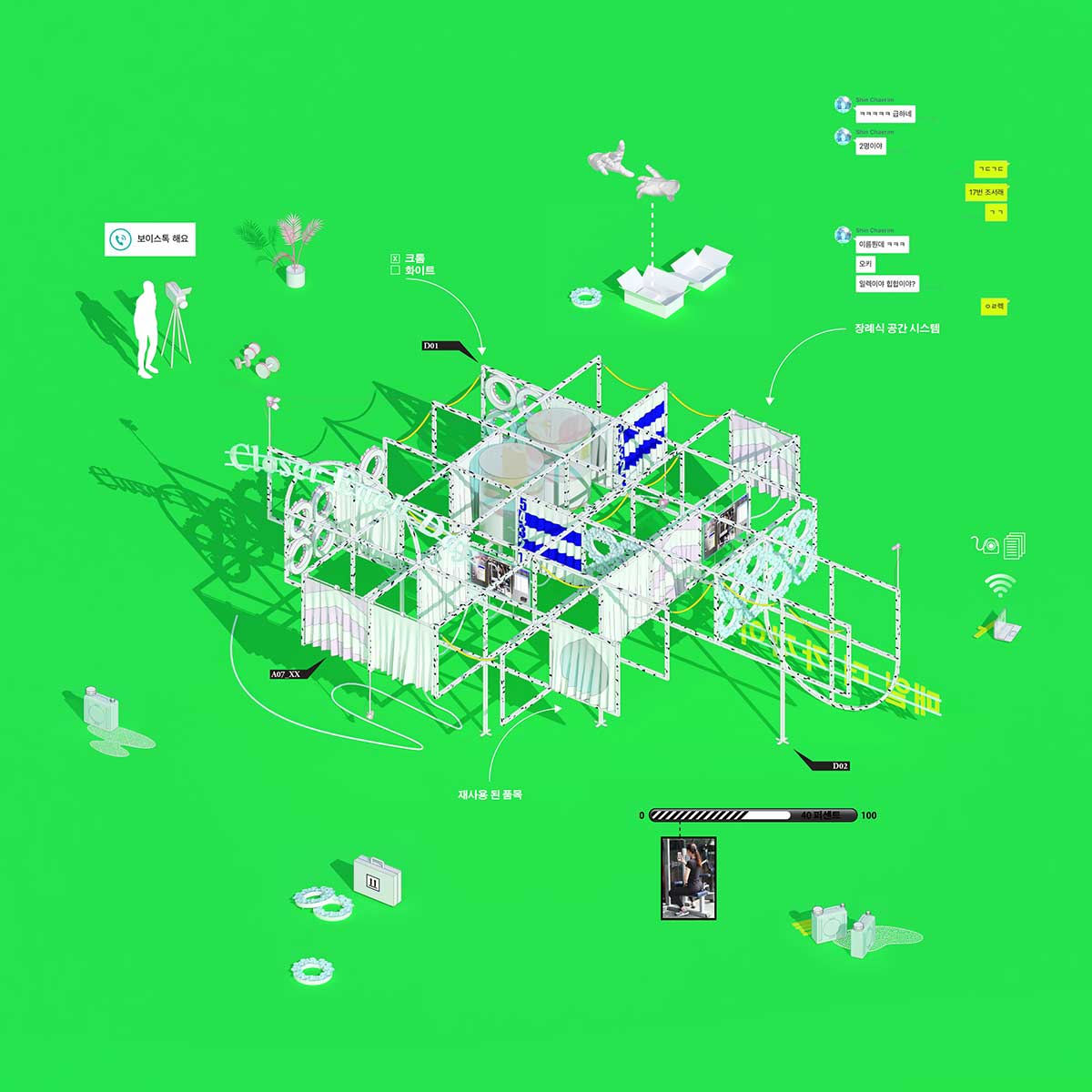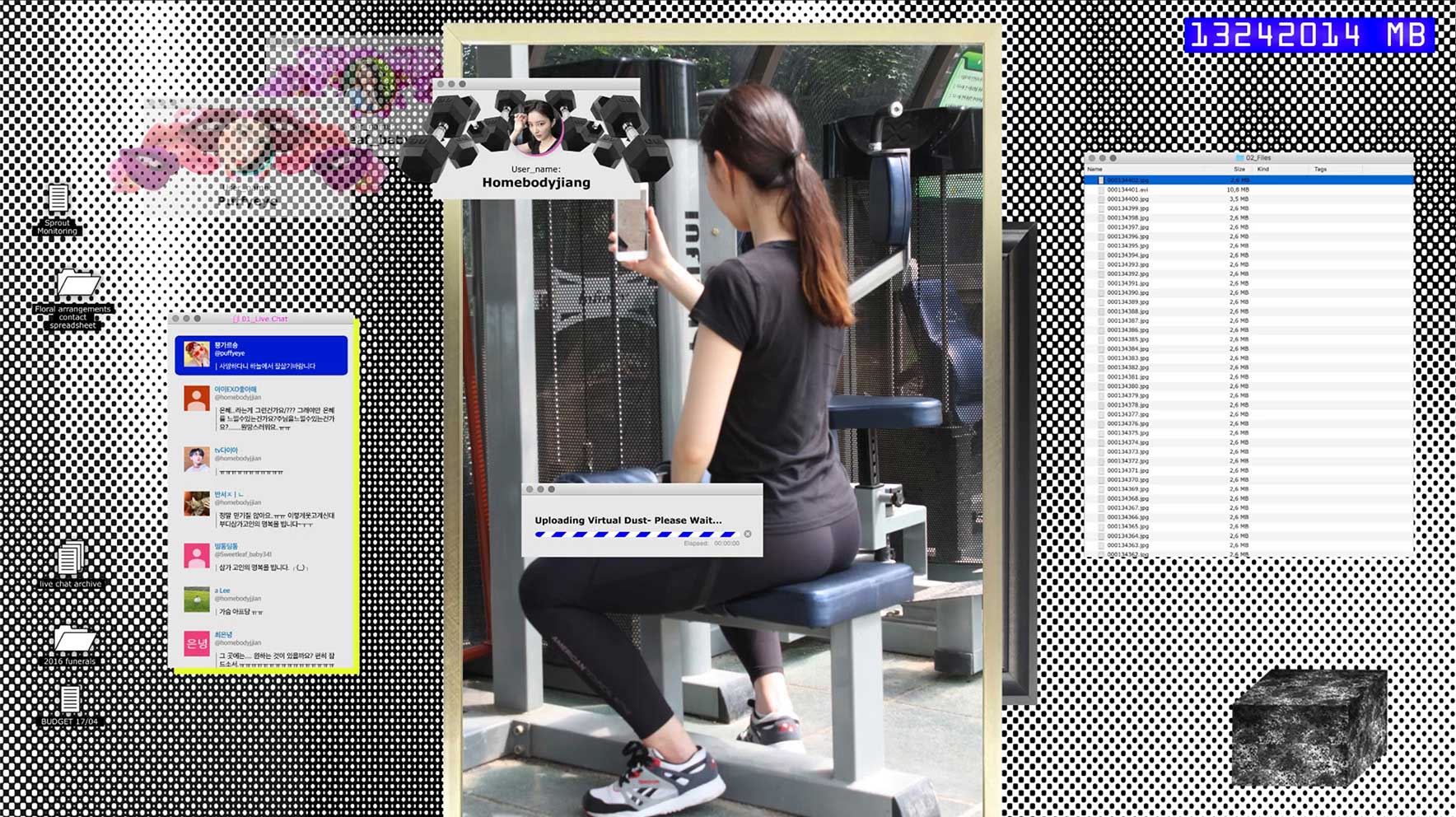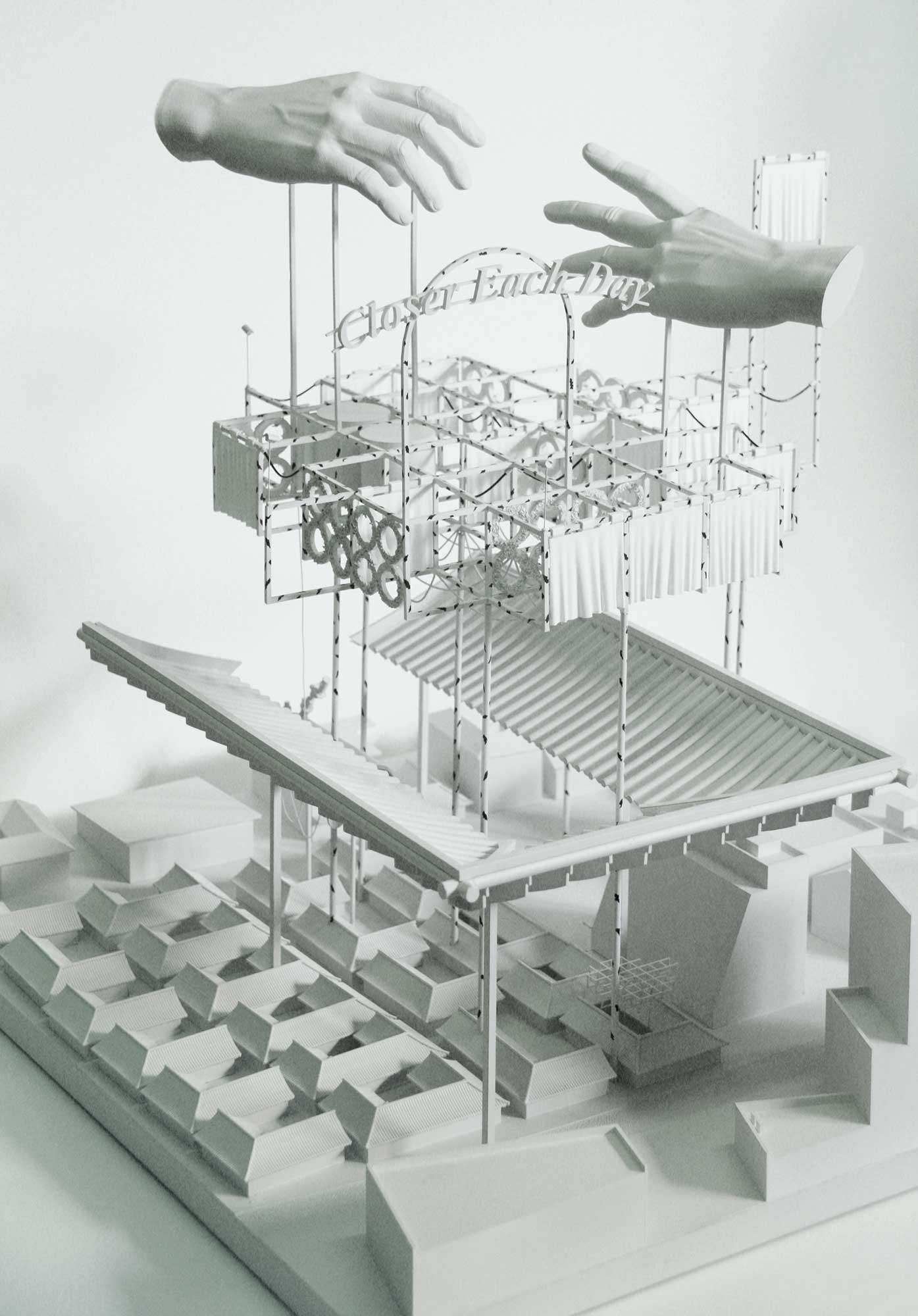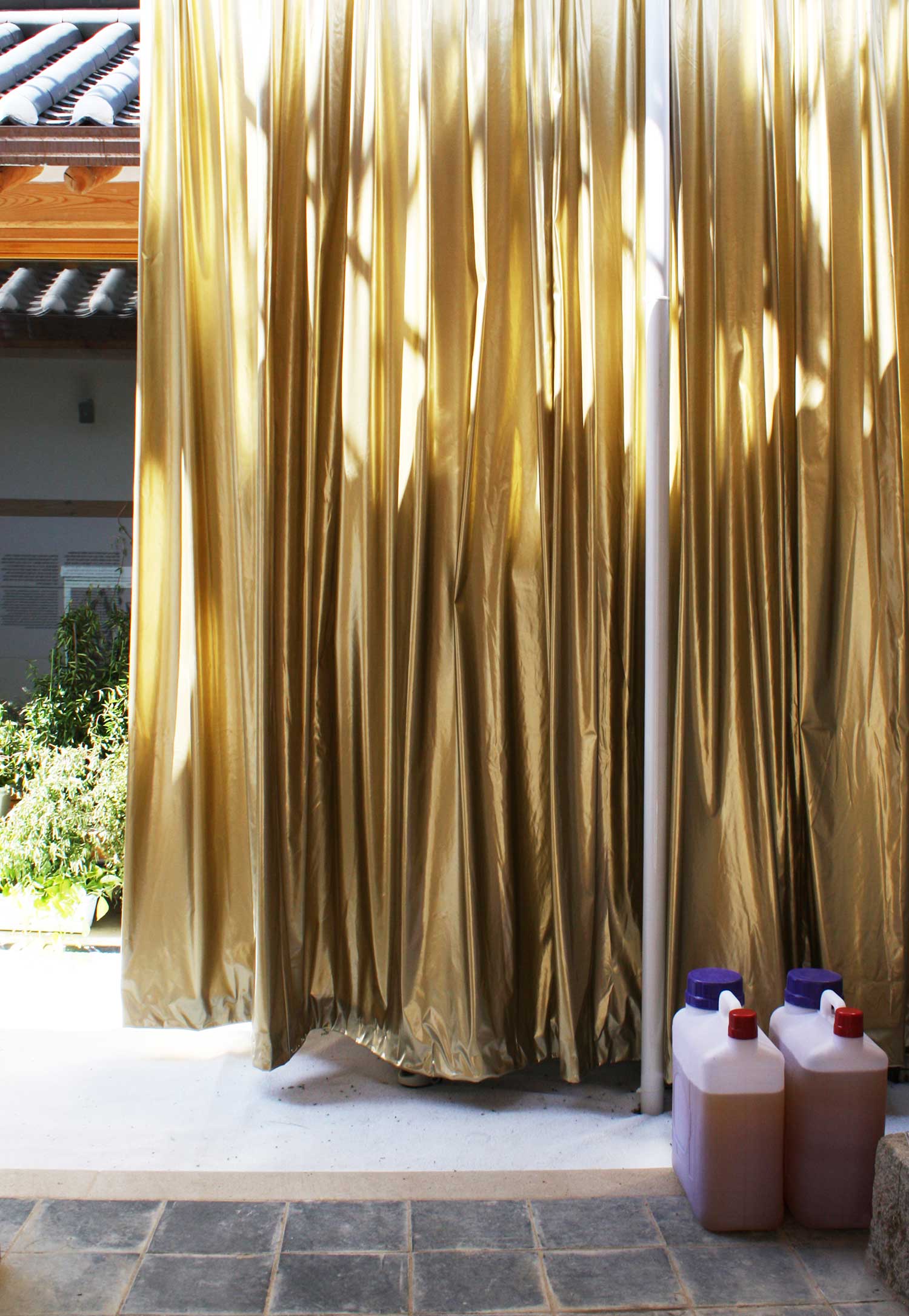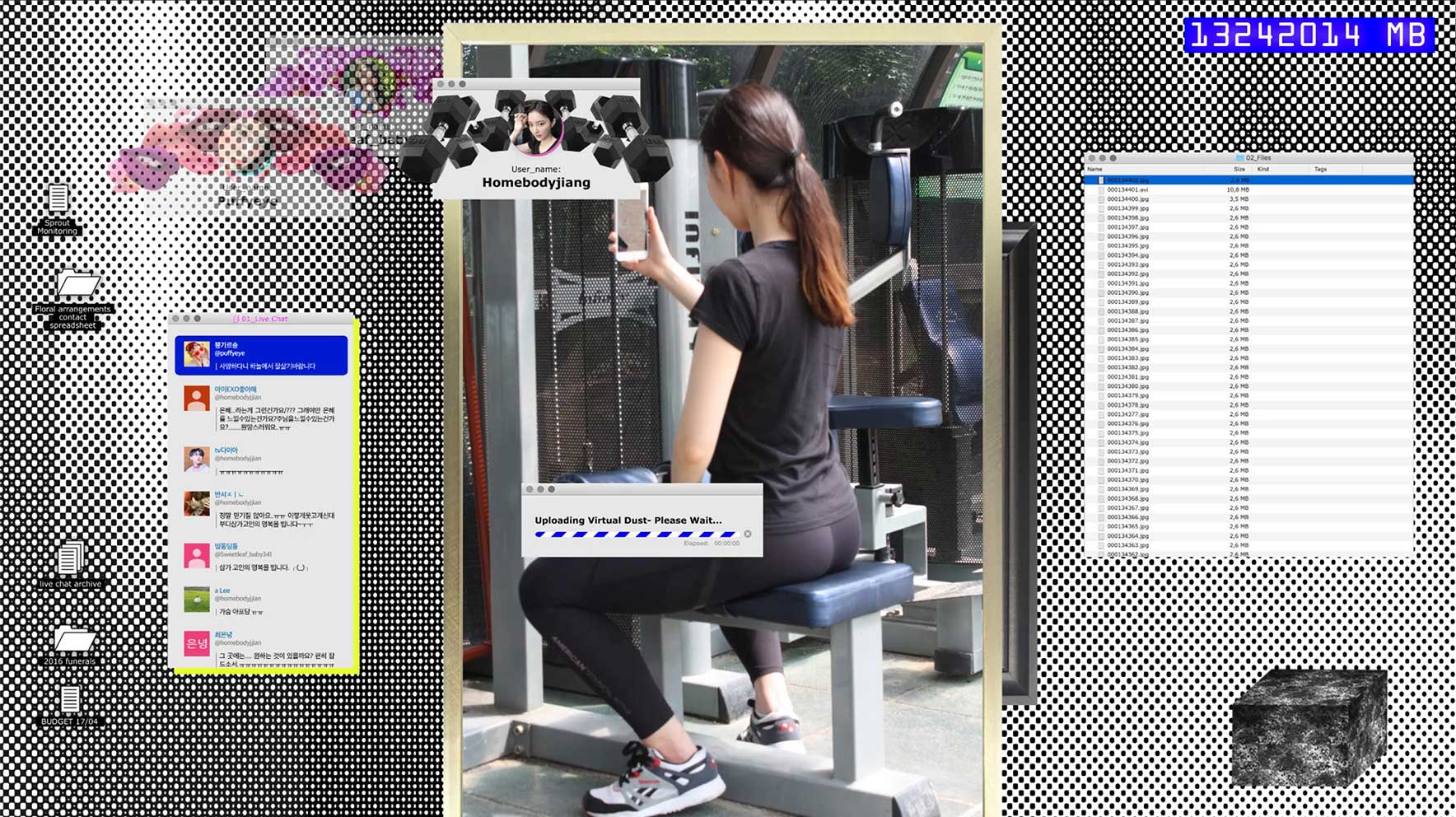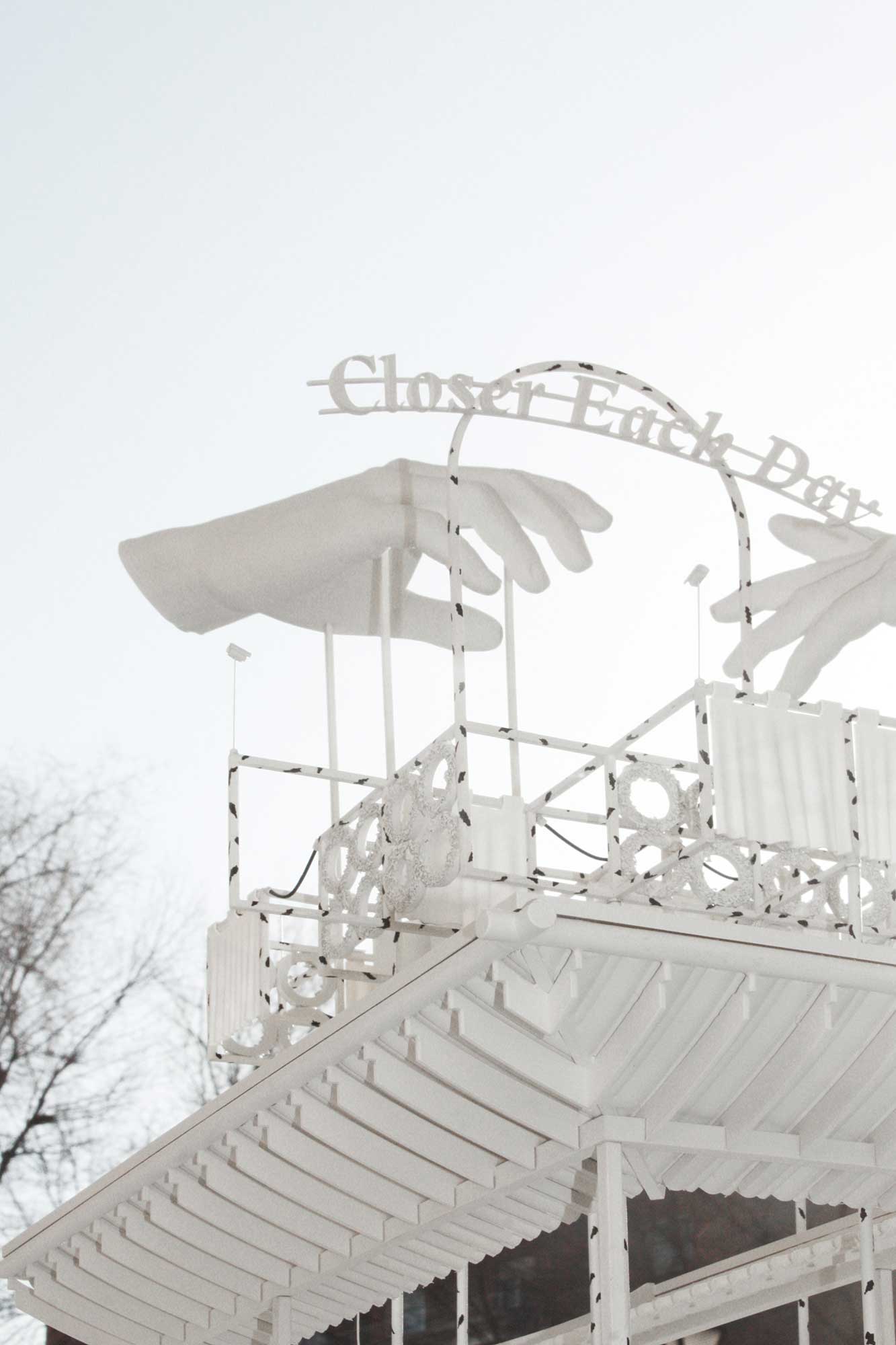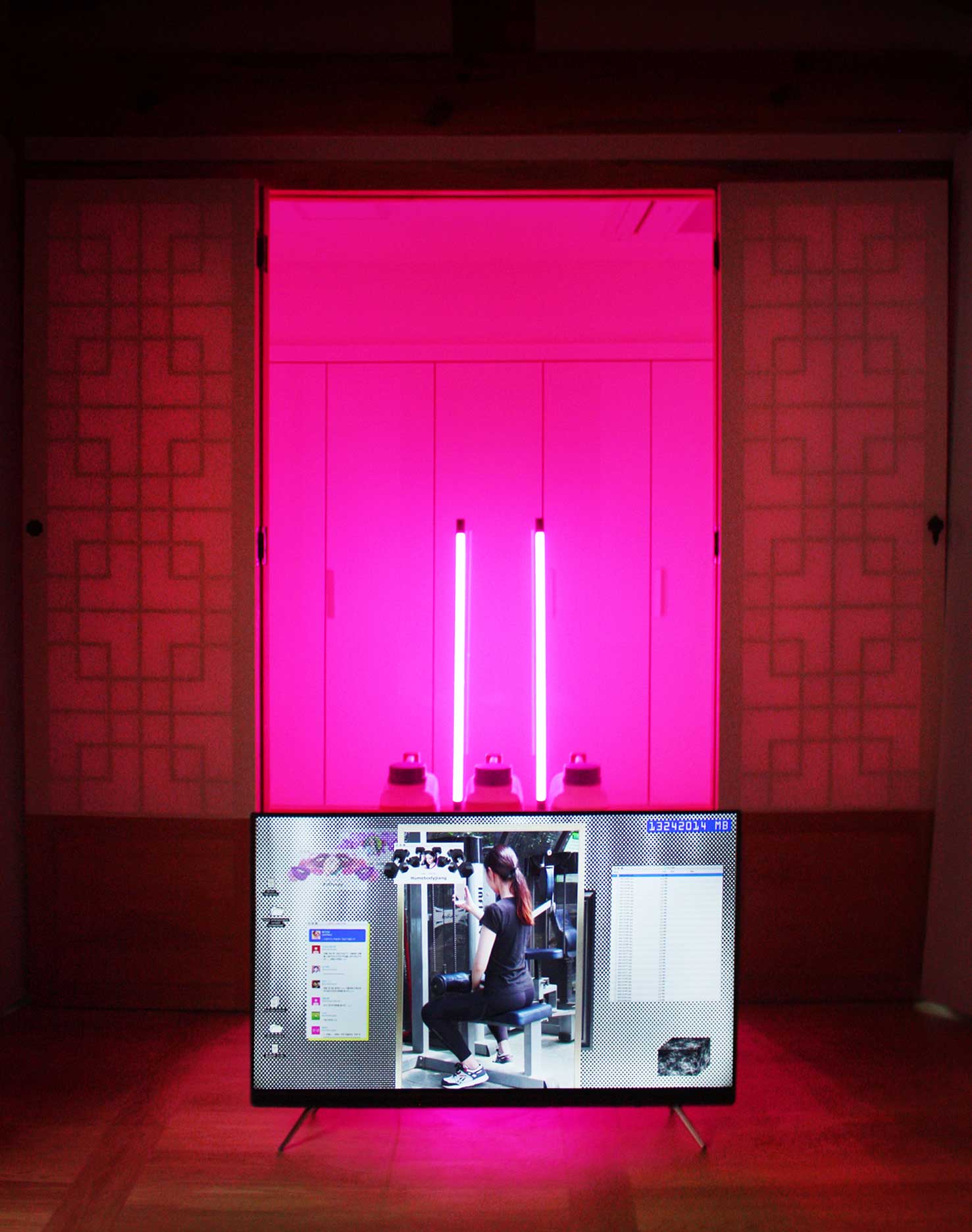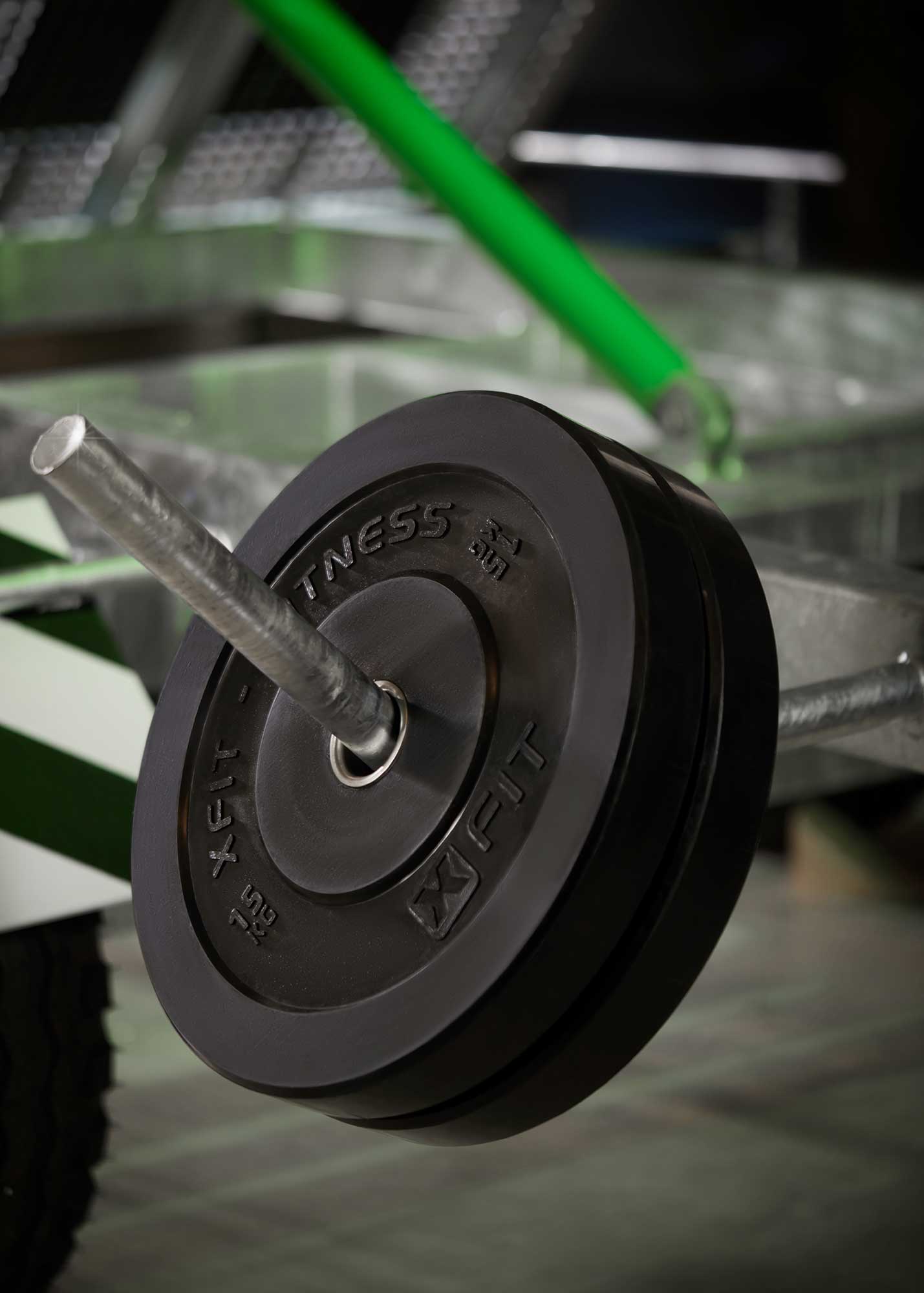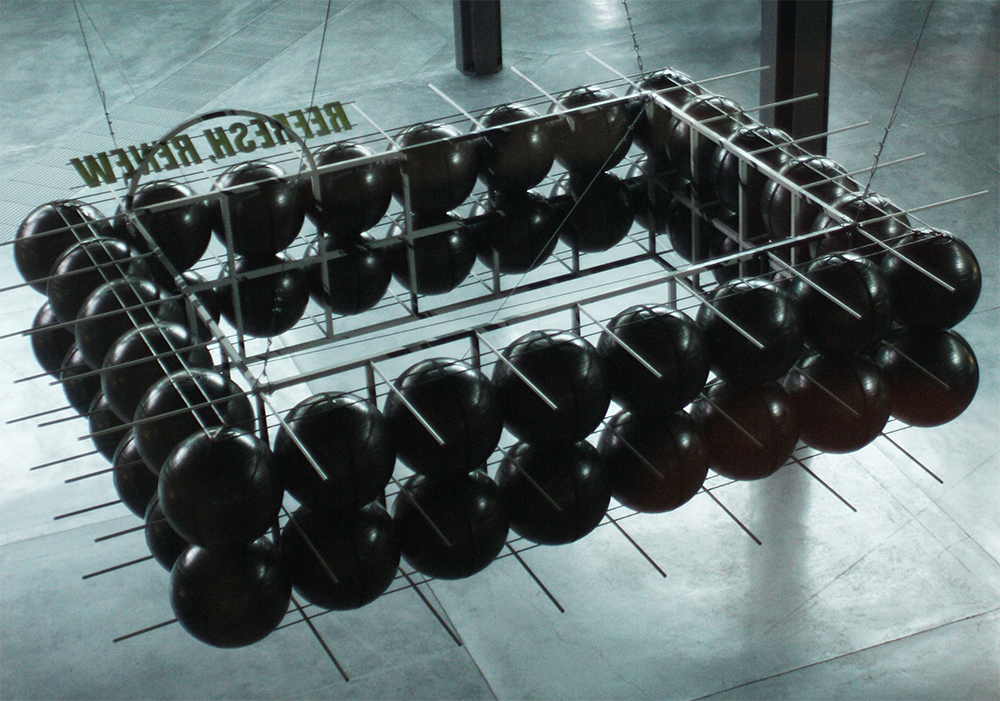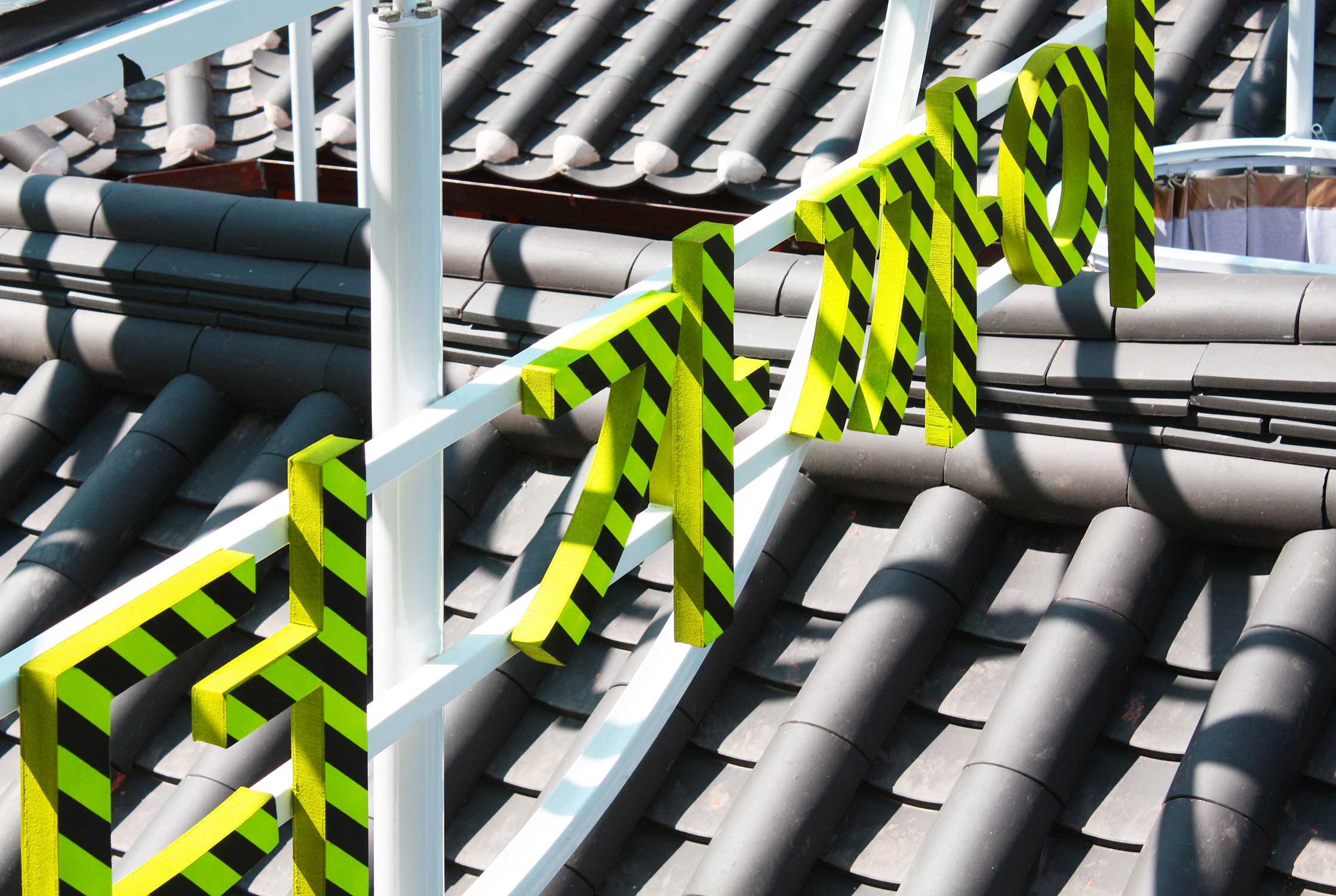
Today we pay tribute to the 3 avatars of Shin Chaerin: sweetleaf_baby341, homebodyjiang, and puffyeye, whose crowd-sourced archives grow more complete by the minute, and whose fluid remains encourage the growth of the memorial garden hosted in the Ceremonial Spaceframe above: from seed to sprout and ready to be taken home, or planted elsewhere. 3 ordinary funerals for 3 simultaneous lives. As Shin’s material body goes fluid, her virtual bodies sublimate to the cloud. No philias, no phobias. If we want healthier cities, we need to rethink our relationship to death. Burial and cremation, as we know them, are dead. We need new, cleaner, socially productive disposition alternatives that integrate easily in the urban and digital realms. Today’s city can no longer afford to keep the material business of death at arm’s length. New technologies present unique opportunities for the production of value—material, ceremonial, and ecological—that cannot be ignored, while the traditional means of human disposition are threatened by diminishing land availability, environmental concerns, and the prospect of your digital afterlife. After all, the heat of the crematorium can warm your house; fluid cremation allows you to fertilize a garden with your liquid remains; and the prospect of a virtual afterlife demands we confront death online.
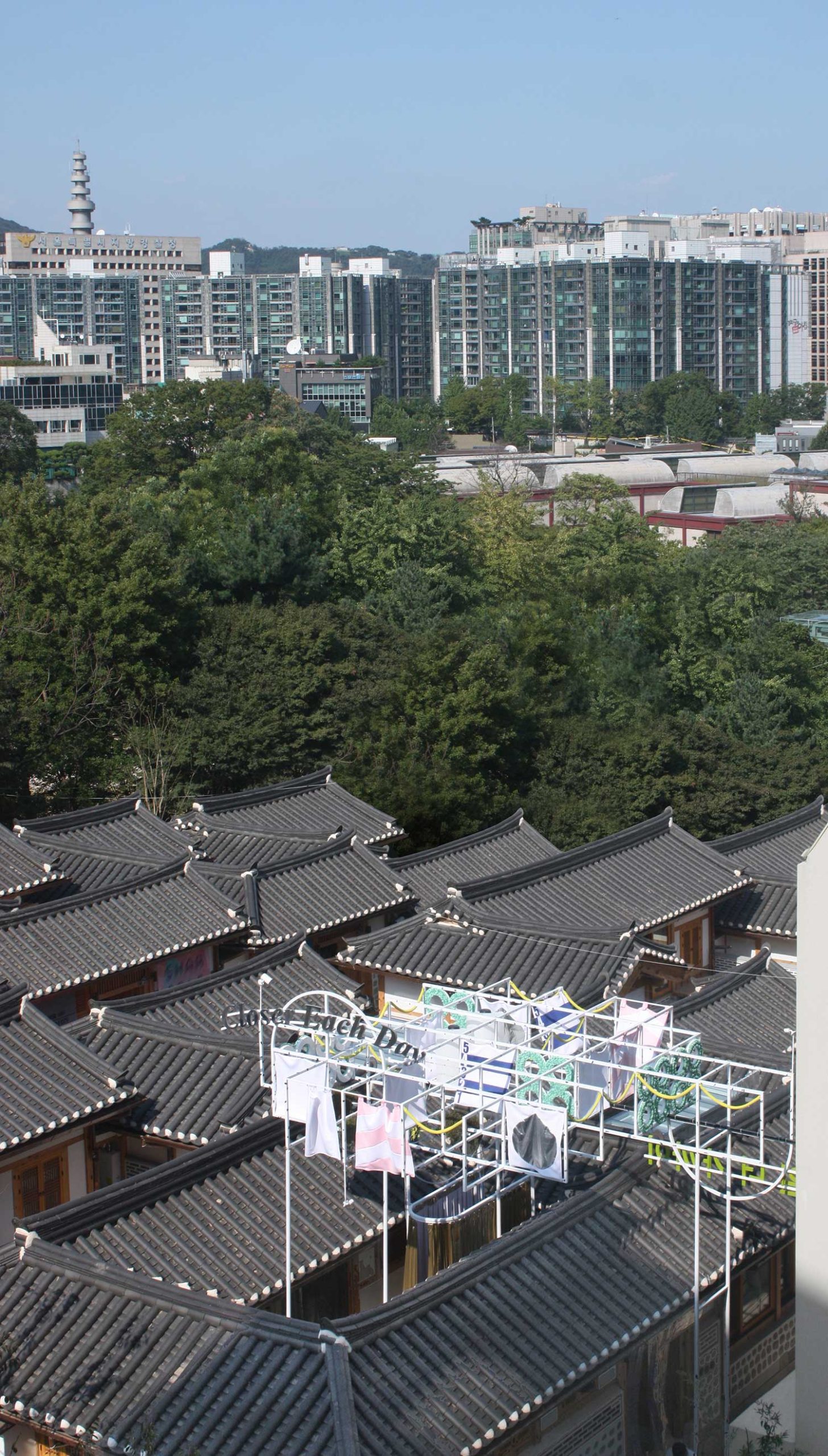
The way we want our body to be treated after death is one of the many rituals of self-design in life, like plastic surgery and body building. Death produces new bodies. How will your body be laid to rest? And what should be done with the digital remains of a life lived online?There are plenty of signs today indicating massive changes in attitudes toward death that remain below the radar of architects, planners, and the death care industry. In the last fifty years, designers have overwhelmingly focused on the poetics of death as a metaphysical concept, disregarding the material business of death’s impact on the shape of the city.
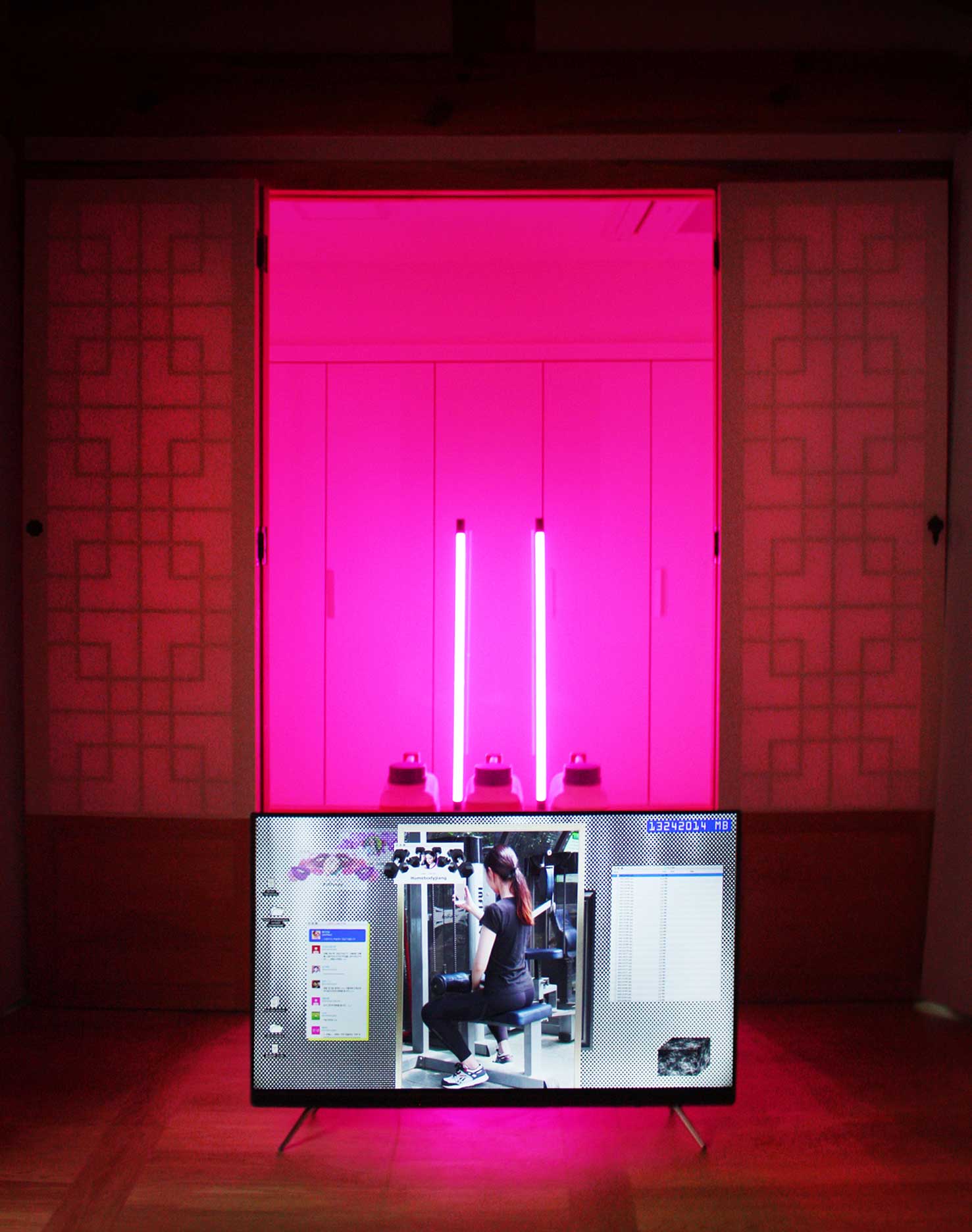
This project channels some of the extant mechanisms and means—like the ways people mourn online and new technologies in remains disposition—to reverse the isolation of grieving and extract value from death.This prototypical funeral home and disposition site argues for the presence of ceremony and death in daily urban life and in the domestic realm. This space is designed to accommodate the disposition of your substance: the tangible, virtual, and immaterial. Inhabiting an urban hanok, this project hosts an amalgam of the sites for ceremony and remains transmutation, adopting new technologies that do away with the demands on area once required by the cemetery, and opening up the channels between the virtual and the non-virtual, allowing remembrance to travel fluidly between domains. This hanok is equipped with an alkaline hydrolysis fluid cremation system and the digital file transfer capacity to consolidate your virtual afterlife into a cloud-based archive. The funerals that these technologies enable are multi-scalar, multi-sited, and activate across time frames.Liquid cremation is an ecological method of remains disposition that produces no emissions. Over approximately 3 hours, it dissolves your body into a 300 liter alkaline bath at a constant temperature just above 300 degrees Fahrenheit. It is an accelerated version of the natural decomposition of the body in the earth and as a funeral technology, it is already in use in cities the world over. This technology allows you to cultivate a memorial garden that transforms your loved one’s remains into a living tribute.
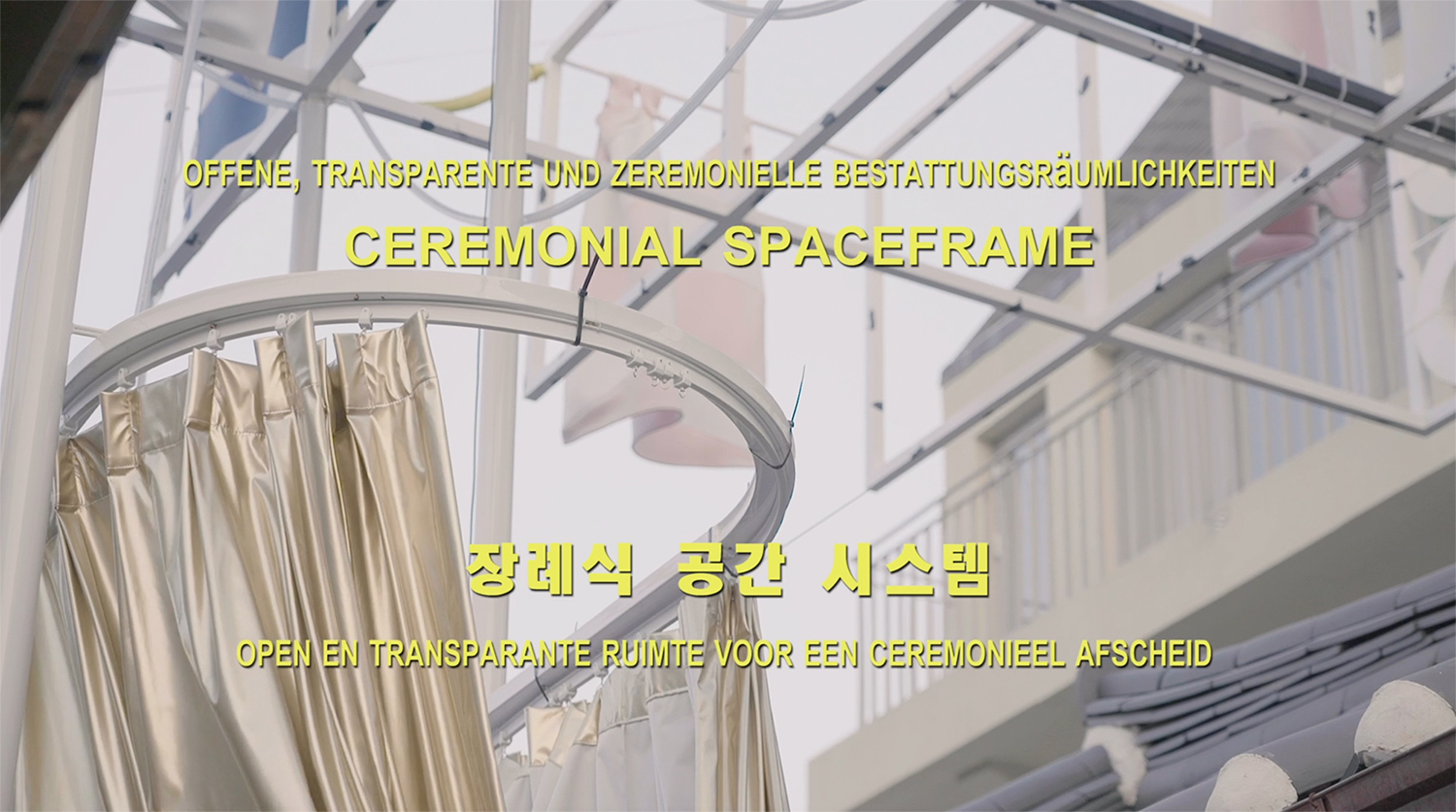
The virtual afterlife portal opens at the beginning of the funeral, when friends, family, and followers are invited to contribute material to the archive, with a 3.0 terabyte-per-second connection speed. Thus, the random access memory of your loved one is collected and protected in perpetuity. Thousands of videos, images, word docs, gifs, and comments are received and sorted in only a number of seconds. Heat and pressure induce the human body’s phase change to fluid in only a few hours. And after the family has observed the requisite 3 days of mourning dictated by Confucian tradition, the funeral continues elsewhere. On the profiles left behind and in plants stimulated by the alkaline bath, the ceremony continues: a latent tribute, in plain sight, in the everyday. 3 avatars, 3 seconds, 3 terabytes, 3 hours, 300 liters, 3 days, 3000 guests, 3 years, infinite growth.
